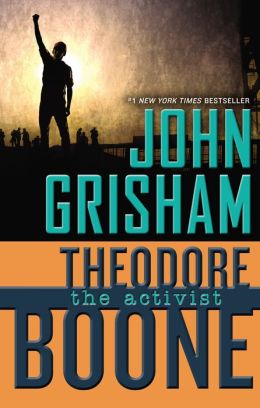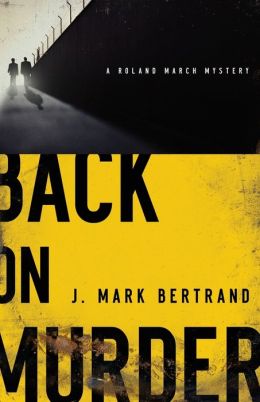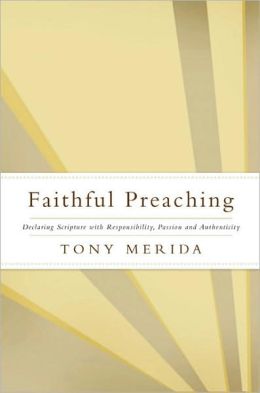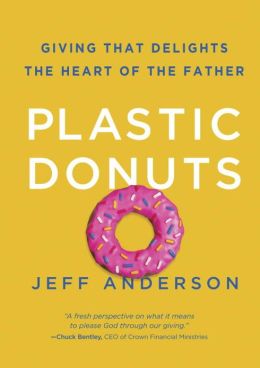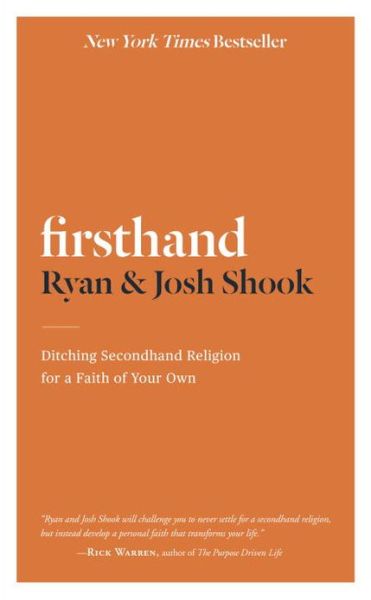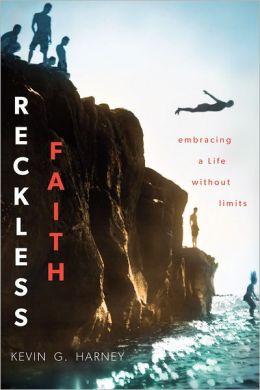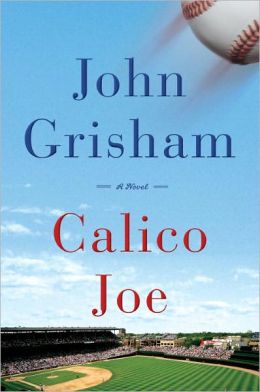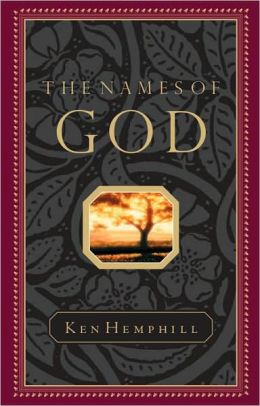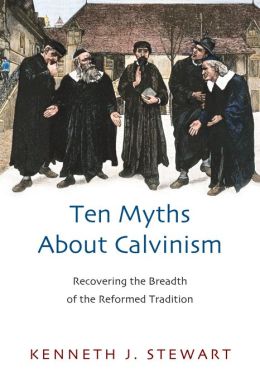© 2009, Electric Moon Publishing, Tulsa
It took me nearly four years to get around to reading Steven
Hunt’s sophomore effort (his debut being
Guardianof Light). A departure from his first and third novels, the first of what
promises to be an action-packed series centered on John Ransom and his team of
experts deals less with angelic/supernatural beings, and more with action and
adventure.
Ransom, a spy/operative in covert activity—specifically disposing
of unwanted officials secretly, effectively, and cleanly (read that “murderer
for the government”) discovers a high-level betrayal at the very last moment of
the job he tried so hard not to take. In the end, he is almost fatally wounded
trying to get away from the assignment that will either kill or discredit him.
The bulk of the book is spent on his recovery from the
accident, his finding himself again, and his re-establishing his good name by
finding the mole in the organization and doing away with the bad guys.
Although it is a departure from the “other-worldly” material
we encounter in both
Guardian of Light and
Chasing Christmas, Hunt likes to
bring the Supernatural in, and does so in an exciting scene where Ransom, in a
new-found faith, is able to receive a vision from God, and consequently diffuse
another attempt on his life after he has fully recovered from his injuries.
This book has a lot to offer for the reader: espionage,
intrigue, action, adventure. Hunt throws in a little romance along the way. The
characters are likeable, the action is fast-paced, and we all look forward to
another adventure with this team of wrong-righters.
The strong faith elements that characterize Hunt’s writing
are definitely present here. It is always nice to see the church and the servants
of the church portrayed in a positive light rather than as the conniving,
superficial, hypocrites that we encounter in most main-stream literature.
One will also find a few draw-backs when reading the first
Ransom novel. Some of the struggle in reading the book comes in the faith-based
elements: our hero has a tendency (after his turn to faith) to become overly
preach-y which may turn a reader off to not only the book but the message the
author is trying so hard to convey. Also, in these moments of excessive
spirituality, Ransom—a brand new believer—shows a greater understanding (if
not, simple knowledge) of the Scriptures than one would expect of someone so
young in his faith—and this without any discipleship from more mature
believers.
Even so, I would like to see some more outings for Ransom. I
also understand that if you did not acquire your e-copy (the only ones
available) a few months within its publication (that’s 2009), you are out of
luck for reading it. I would love to see someone pick up this series,
re-releasing the debut o
f Ransom, and promising three or four (or more) more
novels for readers to enjoy. It is an excellent rest for readers of The
Executioner series or the Mack Bolan series or even the Nick Carter, Killmaster
series and it doesn’t include scenes that require readers of faith who like
action to switch on their internal censor for language, sexual activity, and
gratuitous violence.
Keep writing the Ransom stories, Steve. Your readers want
more. (4 out of 5 reading glasses)

—Benjamin
Potter, August
9, 2013

 That
being said, we are still raising funds--the more we raise, the less we
have to borrow. And I have an excellent idea if you would like to help.
Two of my stories are Christmas related: "Something Special at Leonard's
Inn" and "Just a Simple Carpenter". I still have plenty of copies of
both of these stories ("Leonard" sells for $7 and "Carpenter" for $10)
Either or both would make super Christmas gifts. If you would like to
purchase one or more copies of my books, send me an email at
LoomandWheel(at)pobox(dot)com and reference this post. Tell me how many
of which book you would like to order, you buy the books, I'll pick up
the postage (in the continental USA), and all the payment will be
applied to our adoption costs.
That
being said, we are still raising funds--the more we raise, the less we
have to borrow. And I have an excellent idea if you would like to help.
Two of my stories are Christmas related: "Something Special at Leonard's
Inn" and "Just a Simple Carpenter". I still have plenty of copies of
both of these stories ("Leonard" sells for $7 and "Carpenter" for $10)
Either or both would make super Christmas gifts. If you would like to
purchase one or more copies of my books, send me an email at
LoomandWheel(at)pobox(dot)com and reference this post. Tell me how many
of which book you would like to order, you buy the books, I'll pick up
the postage (in the continental USA), and all the payment will be
applied to our adoption costs.